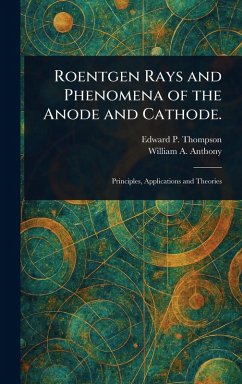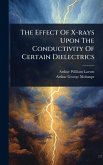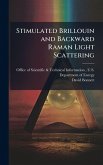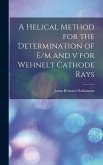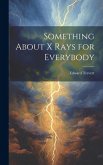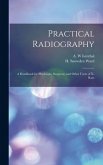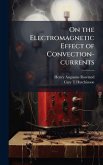Explore the groundbreaking science of "Roentgen Rays and Phenomena of the Anode and Cathode" by Edward P. Thompson, a foundational text in the study of X-rays. This meticulously prepared republication delves into the early research and discoveries surrounding Roentgen rays (X-rays), cathode rays, and anode rays. A vital resource for anyone interested in the history of physics and electromagnetic radiation, this book offers a detailed examination of the experimental methods and observations that shaped our understanding of these invisible forms of energy. Journey back to the dawn of X-ray technology and witness the pioneering investigations that revolutionized medicine and scientific inquiry. This book is an essential addition to the libraries of science enthusiasts, students, and anyone fascinated by the evolution of our knowledge of electricity, electromagnetism, and the invisible world around us. A seminal work on X-rays, its enduring relevance makes it a fascinating read. This work has been selected by scholars as being culturally important, and is part of the knowledge base of civilization as we know it. This work is in the public domain in the United States of America, and possibly other nations. Within the United States, you may freely copy and distribute this work, as no entity (individual or corporate) has a copyright on the body of the work. Scholars believe, and we concur, that this work is important enough to be preserved, reproduced, and made generally available to the public. We appreciate your support of the preservation process, and thank you for being an important part of keeping this knowledge alive and relevant.
Bitte wählen Sie Ihr Anliegen aus.
Rechnungen
Retourenschein anfordern
Bestellstatus
Storno

